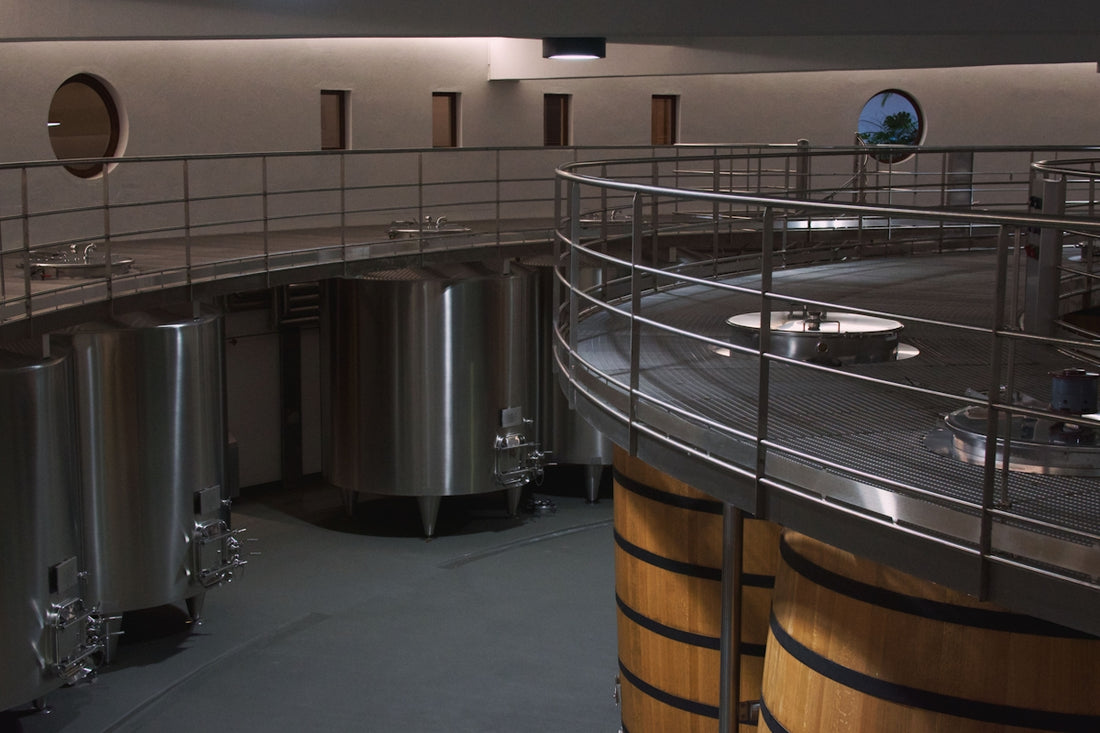
Wild Yeast Fermentation: Unlocking the Secrets of True Artisan Bread
Welcome fellow bread enthusiasts! If you've ever been enchanted by the complex flavors and artisan texture of a true sourdough loaf, you're in the right place. Today, we're diving deep into the world of wild yeast fermentation, a magical process that's the cornerstone of authentic sourdough bread.
Understanding Wild Yeast Fermentation
Wild yeast fermentation is at the heart of sourdough baking, setting it apart from conventional bread making. Unlike commercial yeast, wild yeast offers a distinct flavor profile and enhances the nutritional value of the bread. This process begins with a delicate balance of flour, water, and time, nurturing your journey with a sourdough starter.
What is a Sourdough Starter?
A sourdough starter is a living culture of flour and water that harbors wild yeast and lactobacilli. The starter is an essential component of your homemade sourdough because it acts as the leavening agent, responsible for the rise and unique taste of your bread. Developing a strong and healthy starter is the first step in your artisan bread baking adventure.
Consider trying Nonna Bella Dehydrated Sourdough Starter – 10g Tuscan Heritage Culture Since the 1800s. Its rich heritage offers a distinct flavor to your bread.
How to Feed Sourdough Starter
Feeding your sourdough starter is a crucial practice in its maintenance. Regular feedings keep your starter healthy and active. Here’s a simple sourdough starter feeding schedule:
- Remove: Discard about half of your starter.
- Add: Mix equal parts of flour and water into your remaining starter.
- Stir: Blend until it reaches a thick, consistent batter-like texture.
- Rest: Leave it at room temperature for several hours or until bubbly.
How to Store Sourdough Starter
Storing your starter properly is vital for maintaining its health and vibrancy. If you're baking regularly, you can keep it at room temperature. Otherwise, refrigerate between feedings, ensuring you feed it at least once a week.
From Starter to Sourdough Bread Recipe
Now that you've nurtured a lively starter, it's time to put it to use with an easy sourdough bread recipe:
Ingredients:
- 1 cup active sourdough starter
- 1 ½ cups water
- 4 cups bread flour
- 2 teaspoons salt
Instructions:
- Mix: In a large bowl, combine the starter and water. Gradually add flour and salt, stirring until a sticky dough forms.
- Rest: Cover with a damp cloth and let it sit for 30 minutes.
- Knead: On a floured surface, knead the dough until smooth.
- First Rise: Place in a greased bowl, cover, and let rise until doubled (about 4-6 hours).
- Shape: Punch down the dough, shape it, and place it in a proofing basket.
- Second Rise: Let rise until dough is puffy (about 2 hours).
- Score: Use your preferred sourdough scoring techniques to slash the top.
- Bake: Preheat the oven to 450°F and bake for 30-35 minutes in a Nonna Bella 4.5Qt Enameled Cast Iron Dutch Oven.
Sourdough Baking Tips
- Temperature Control: Ambient temperature influences fermentation. The warmer the environment, the faster the fermentation.
- Hydration Levels: Adjusting water content can modify bread texture—less hydration for more structure, more for a softer loaf.
- Trial and Error: Every starter is unique, so practice and adjust recipes to understand your starter's behavior.
Sourdough Troubleshooting
Common Problems:
- No Rise: Ensure your starter is active. It may need more feeding.
- Dense Bread: Insufficient kneading or fermentation. Extend these processes.
- Overly Sour: Limit fermentation time or consider more feedings.
For an all-in-one solution, the 1set Professional Baking Tools 24 Oz Sourdough Starter Jar Pastry Mat Scraper Bread Slicing Knife Gloves for Home DIY Baking Kit offers the accessories needed to perfect your bread.
Sourdough vs. Commercial Yeast
While both leaven bread, sourdough fermentation relies on wild yeast, leading to a more complex flavor profile and enhancing bread's digestibility and nutritional value. Because of its low glycemic index, sourdough can be a great option for diabetics.
Conclusion
Wild yeast fermentation is more than a bread-making process; it's an art form that connects the baker to nature. With the right tools and knowledge, anyone can embark on the rewarding journey of artisan bread baking.
Explore more about sourdough and discover quality baking tools here.
Happy baking!
